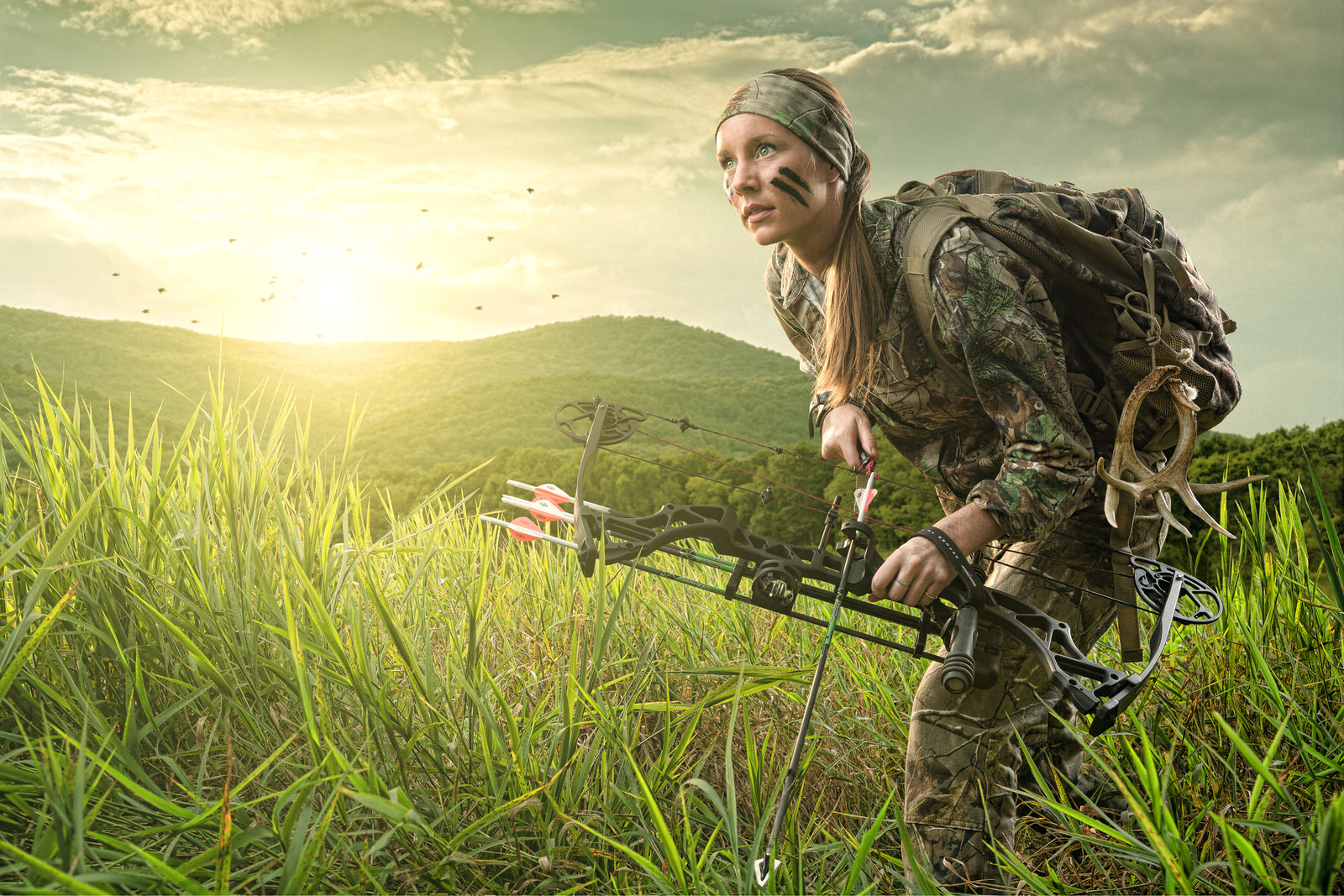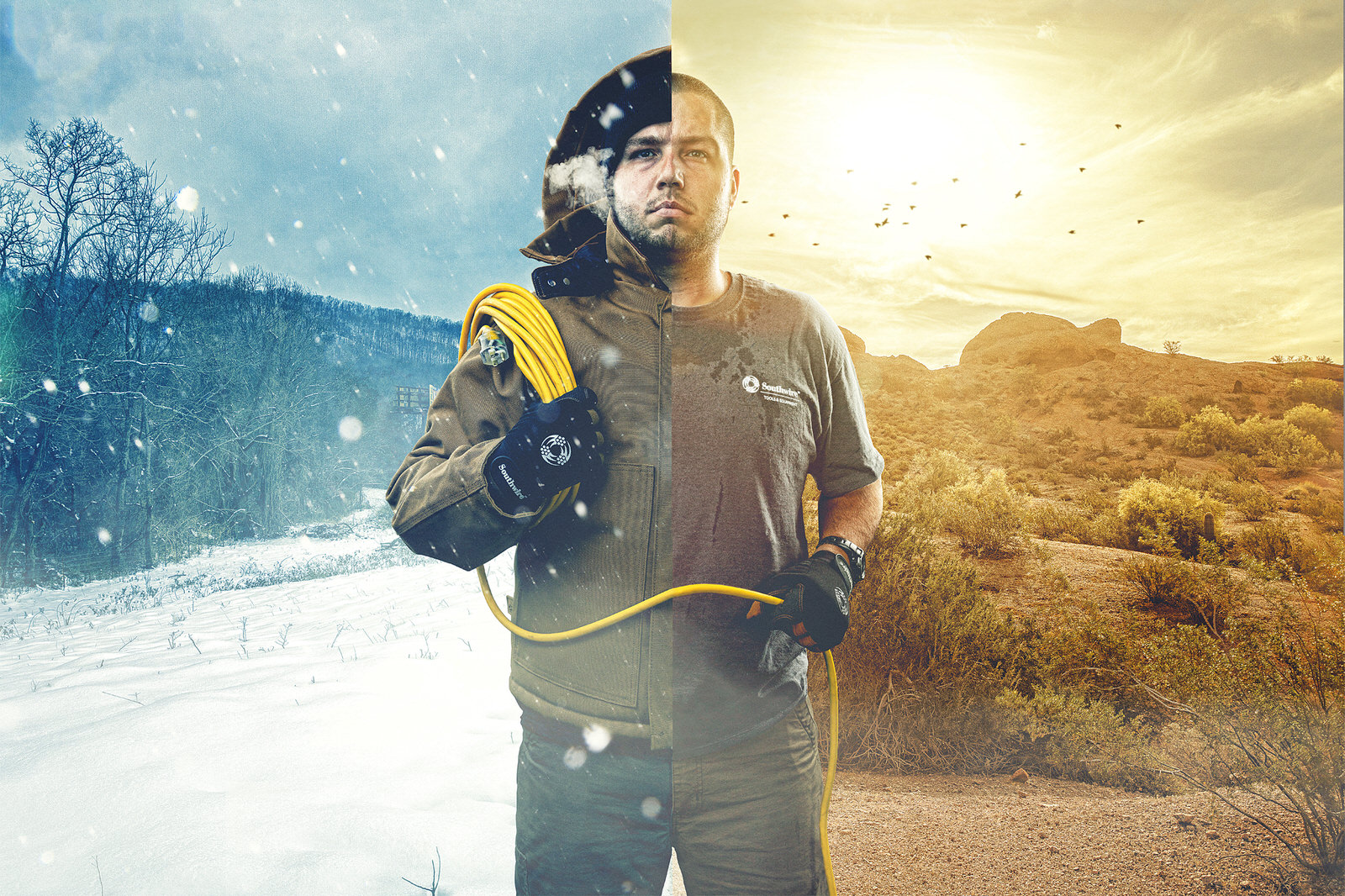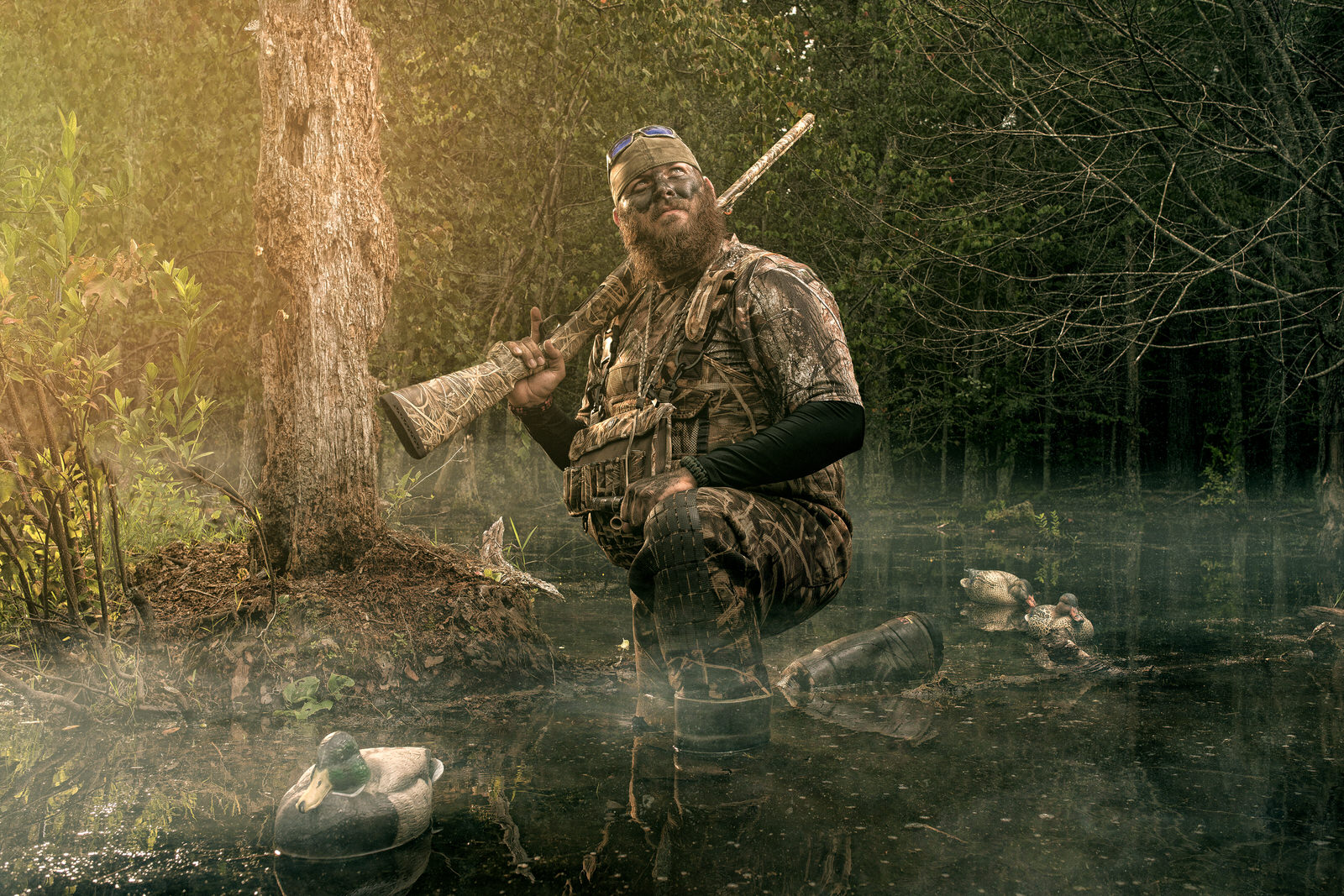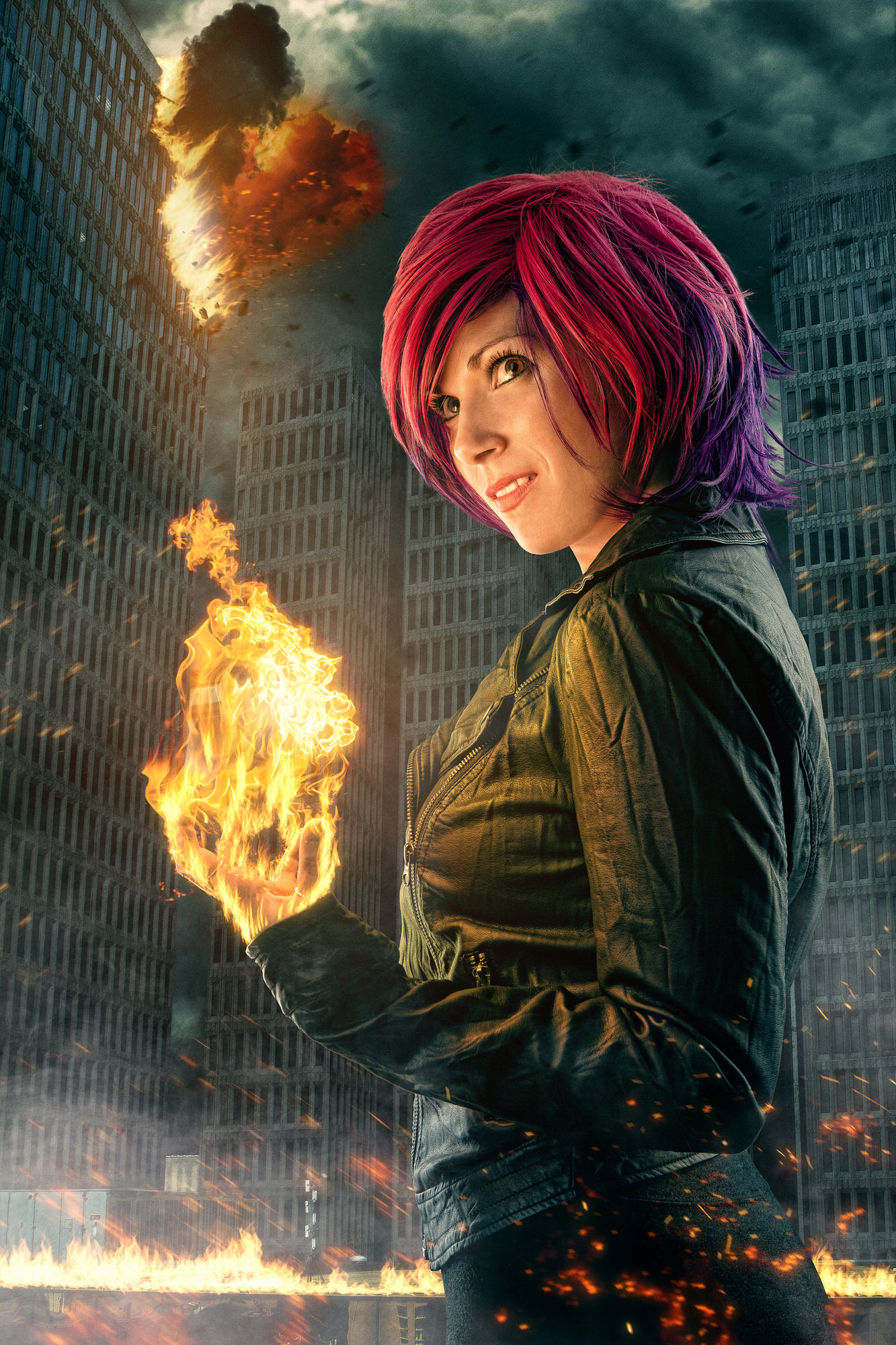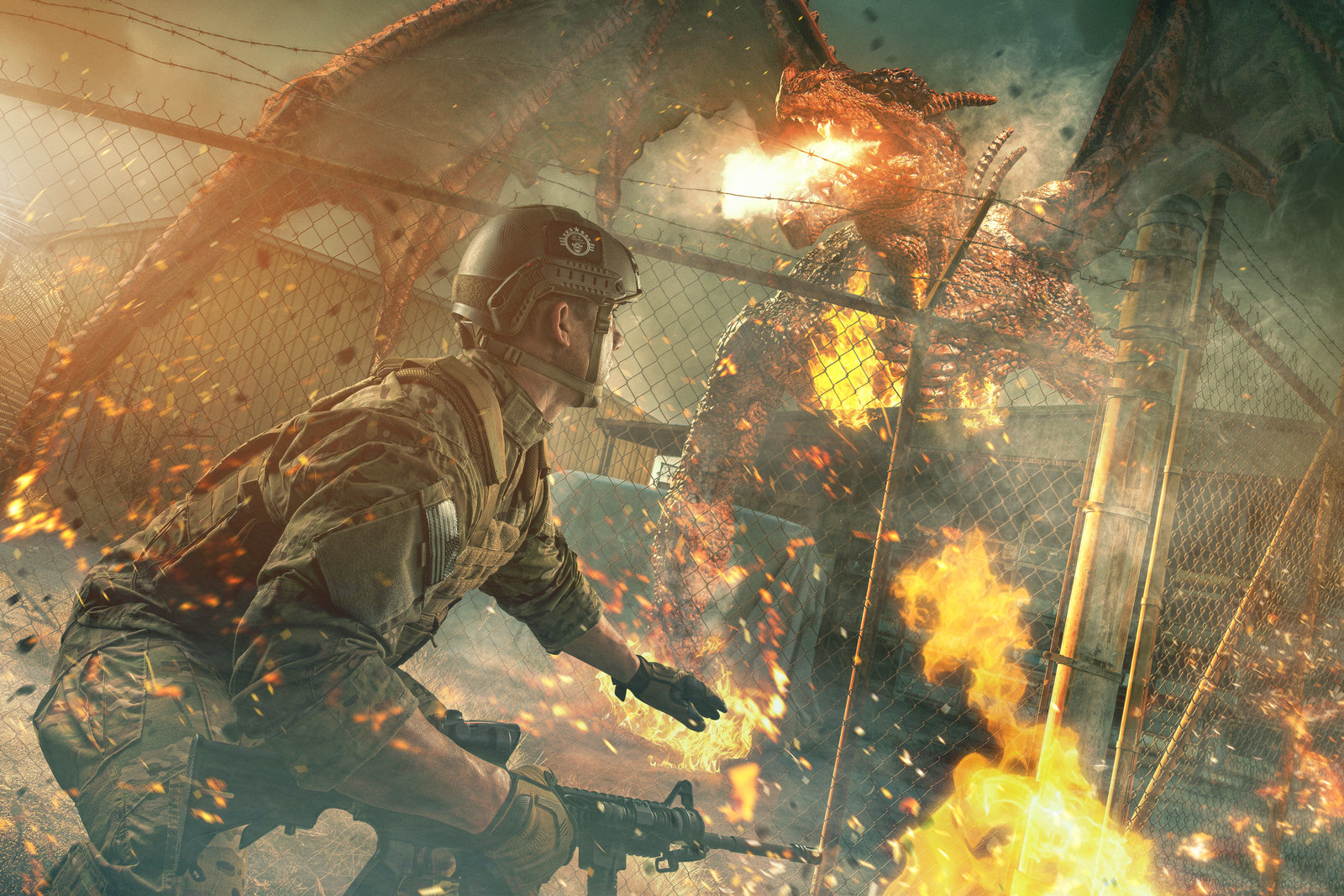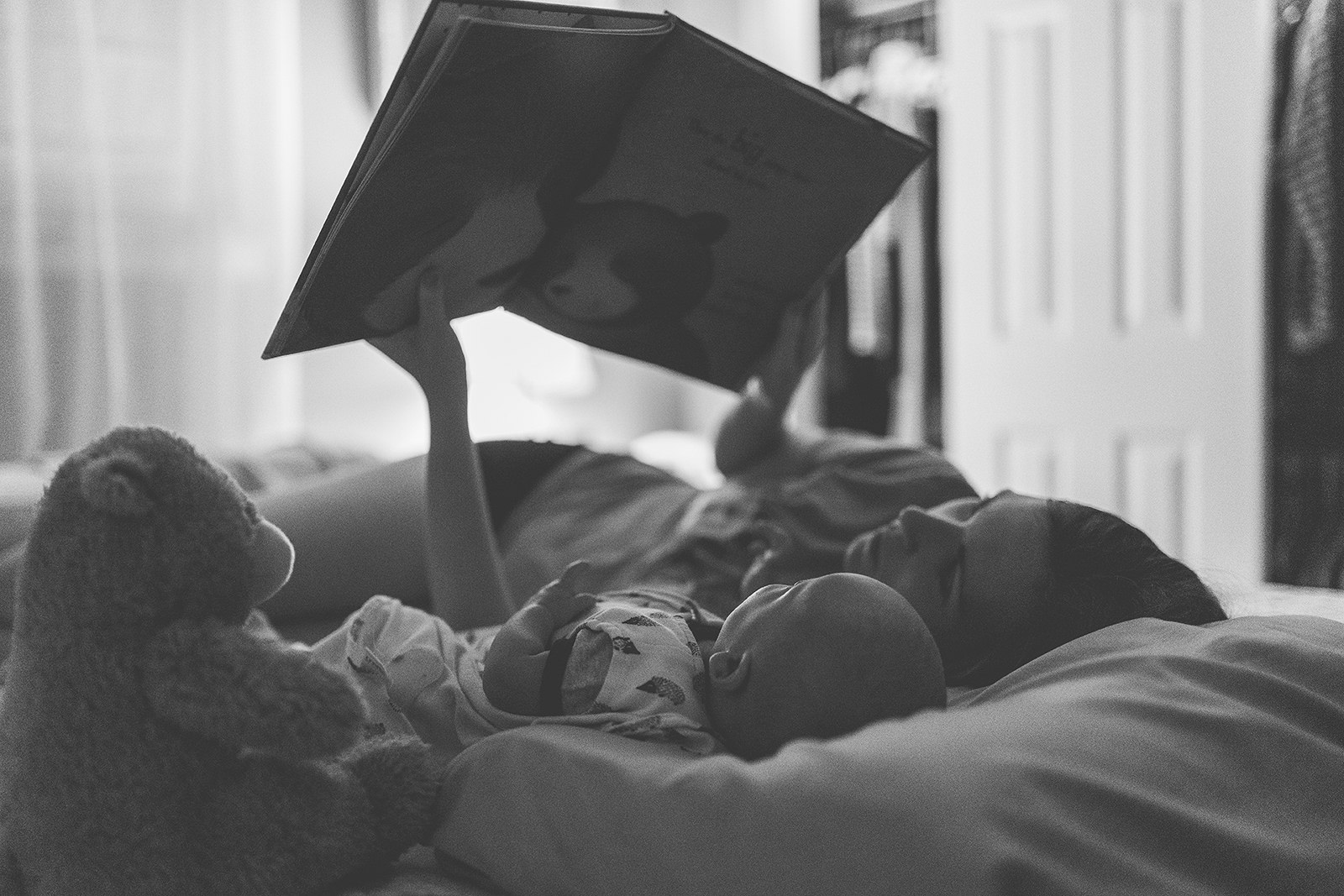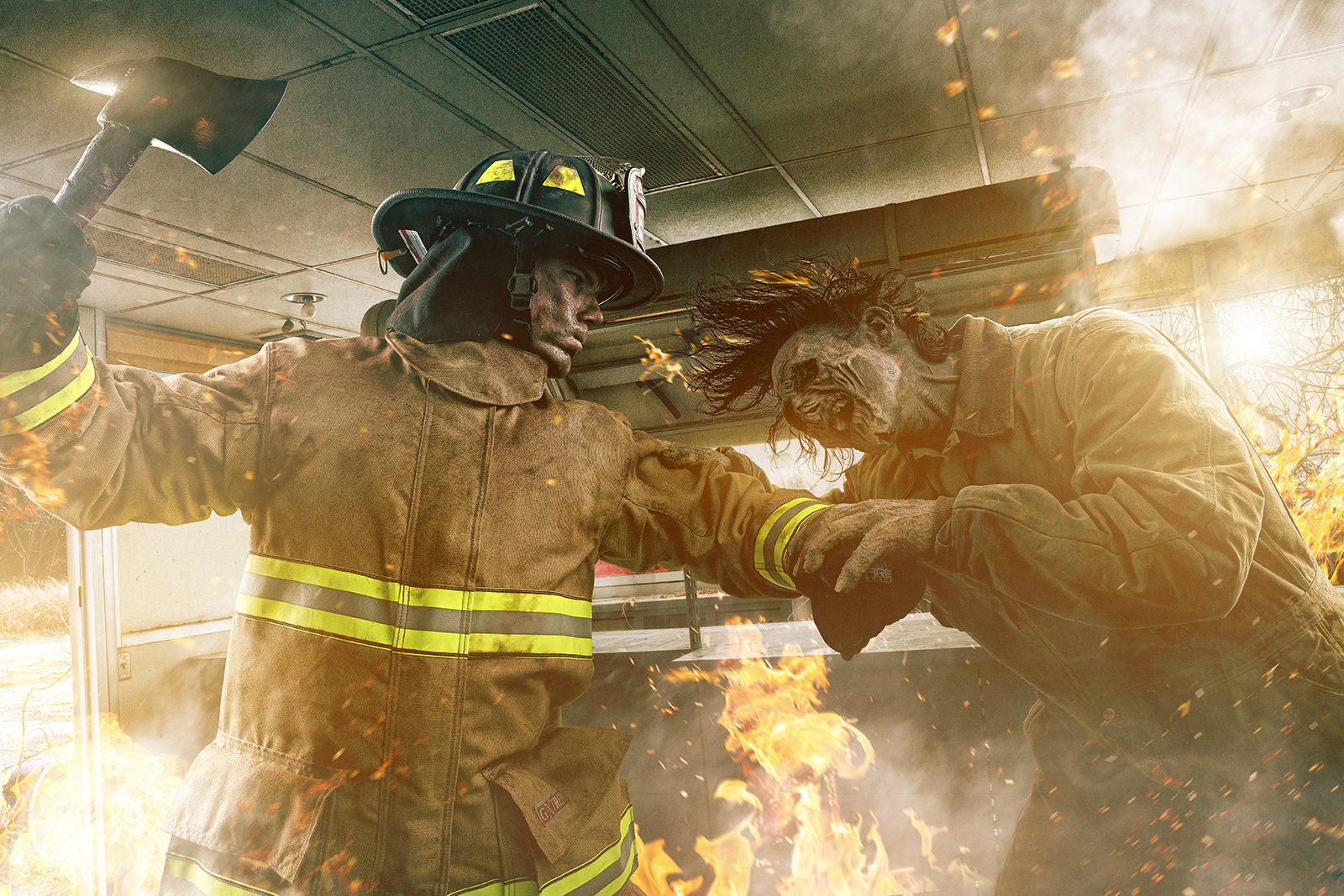
Unbound by Traditional Limits: Brandon Cawood’s Cinematic Composites
In the world of photography, there are many different avenues artists can choose as their creative outlet. One of those choices is that of creating composite images. It is in this arena you will find Dalton, GA based Brandon Cawood, an internationally published photographer specializing in creative composites with a cinematic flare. While Brandon did not start out his artistic career as an independent photographer, he has stated that he has always known that he wanted to be his own boss. Early on, Brandon’s creativity was expressed through music, which still holds a special place in his heart.
A bit by accident, Brandon discovered photography during a late night impulse. Wanting a “nice camera”, he made a trip to a local retail store and purchased his first DSLR, a Nikon D5000. After getting his new camera home and realizing the images he was getting were not matching what was in his head, Brandon turned to YouTube. It didn’t take long for Brandon’s obsession with learning more about photography to become a driving force that altered his future. And in 2014, he finally made the decision to leave his 9-5 job to try to make a go at being a self-employed photographer.
Fueled by his desire to do a personal project to help jumpstart his composite career, Brandon erupted onto the scene with his series, Not All Wear Capes, back in 2013. I got the chance to sit down with Brandon recently and learn a little more about his love of the composite.
As you mentioned earlier, you started out creatively in music and later stumbled upon a passion for photography. At what point did you begin to consider yourself a photographer and/or artist?
We all start calling ourselves a “photographer” the moment we have a camera in our hands. It’s a “fake it till you make it” sort of thing. With that being said, we all know there is always room for improvement. When people started offering to pay me actual real money to take images, I knew I was on the right track. When websites, magazines, and news outlets started wanting to interview me, that’s when I started to feel like an artist!
What is it about composite work that you gravitate toward versus just producing more simple images of what is physically in front of your camera?
What I love about composite work is the fact that the only limitation is your imagination and artistic ability. With traditional photography and photo shoots, you are limited to talent, location, time, etc. When you are creating composites, those limitations no longer exist. If you can think it up, you can create it!
Creatively, what artists or photographers do you most admire?
Two of my biggest influences are Dave Hill and Joey Lawrence. When I first started looking into composites, Dave was the man! His work was so flawless and fun to look at. Joey L. is a master with light. The fact that he was so young when he started shooting with major clients was always inspirational. I was actually part of a Joey L. workshop in Brooklyn. His knowledge and guidance are what led me to put out my first personal project, Not All Wear Capes, which is what jump-started my commercial photography career.
Aside from other photographers, who has been the biggest inspiration and supporter with regards to your photography?
My wife has been my biggest cheerleader. When we first met, I had only been shooting for about a year, and I was not very good. She has always encouraged me to push myself creatively and is never afraid to ask the hard questions. There is no way I would be doing what I’m doing now without her support. She was even cool with me quitting my day job two weeks before our wedding to pursue photography full-time. I could never repay what she has given me just by being an amazing example of what a spouse should be!
What has been your process for reaching out to gain new clients or marketing yourself (and what has/hasn’t worked for you)?
The thing that has worked for me is just getting new work out there. Personal projects have been vital in the growth of my business. The key is to make images that are shareable. You want blogs, magazines, and news outlets to share your personal projects so they can get as many eyes on them as possible. Many times those eyes belong to people who are in need of your skills. They may have never even heard of you otherwise.
I live in a small town in North Georgia, but most of my clients are spread out all over the place. Usually, they see work that I have done and when the need arises I’m someone they think about reaching out to. Also, always market and introduce yourself to as many people as you can and just make relationships. I have multiple clients that are a result of people that I worked with when I had a regular 9-5 who have kept up with me. They end up going to work at different places, and when their company needs photos, I’m the first person they think of.
How much, if any, research do you do when preparing for a photoshoot for a potentially high-profile campaign or client?
I think doing research on a potential campaign or client is crucial. Knowing what they like, what they’ve done in the past, and having some sort of idea of what they are looking for can only be beneficial. I like to see what they’ve done in the past and figure out ways that I could build upon their visions and make them better. There’s no point in re-inventing the wheel unless that is what they are wanting.
We all have our own ways of starting on a new creative project. Do you have any particular habits that are a part of how you begin your creative process?
I’m very sporadic when it comes to the creative process. I always have ideas running through my head. Once I grab on to one long enough to put it in motion it really comes together in multiple ways. I’m able to envision things, even if I do them out of “order”, and still put them together. I have developed certain practices over the years that I tend to follow, but they are very fluid. I also do a lot of video work, and this helps me put together videos, even if I shoot and edit them out of order.
What do you do when you hit a wall during your creative process?
I hate hitting a wall, but it happens to us all. I’ve learned that I just have to step away from it for a while. Watch a movie, sleep on it, or go for a run. I’ve really gotten into running over the past couple of years. It’s amazing what your brain can come up with while out on a 3-5 mile run! The important thing is to create some space between the project and yourself so you don’t burn out or throw in the towel.
For someone wanting to learn more about photography, and composites in particular, what book and/or website would you recommend?
YouTube is your best friend! Pages like PHLEARN were crucial in learning photoshop techniques. Joel Grimes also has some amazing tutorial videos on lighting and compositing that were a great help when I was learning to composite. I am probably on YouTube every day learning something new. NEVER stop learning!
If you were mentoring someone interested in moving their art in the composite direction, what is one of the key pieces of advice you would give?
Lighting is everything! Pay attention to light, shadows, perspective in everyday life. Look at how different things interact from different angles. Once you really get into compositing you start to view the world around you as one big composite. You start asking yourself how you could recreate a scene and make it believable.
Watch movies and look at other art. Make mental or physical notes about what you like when looking at it and how you could put your own spin on it. I like for my composites to be very cinematic, so I always watch movies and pay attention to color and composition. I’m always taking mental notes and trying to come up with ways I can incorporate things I like into my work. I’m always looking at things as a photographer. Sometimes I struggle to turn it off and just enjoy a movie or piece of art. I am always keeping my mind open to ideas and inspiration though.
Going back to your Not All Wear Capes project, was that your first major (‘viral’) project? How did the idea come about, what/who inspired it?
Yes, this was my first viral project. It was the kick-start to my current career. I wanted to do a personal project to really get into composite work. No one was hiring me to do composites because I didn’t really have many composites to show. I decided if I was going to do a composite project, I should also make it a “giving back” project. I wanted to feature people that I looked up to. We also used the project for a local art organization to raise money for art class scholarships.
In one of your images you show a behind the scenes type shot using a toy dinosaur; can you tell us the story behind that idea and how a toy became part of the composite?
That came about because the campaign was all about “Preparing for the Impossible.” The images were for a fabric company that makes the fabric used in firefighter gear and military gear. One idea called for a dragon and I told them that I could do it. I didn’t have access to any real dragons so I had to improvise! I actually ended up using two different toys, one for the body and one for the wings.
In your opinion, what makes a photograph or image stand out as good/great, rather than an average ‘snapshot’?
Story, story, story. If an image is able to convey a story, that’s far more important than any of the technical stuff. Now obviously, a story mixed with great composition, lighting, and technique will push it over the top, but telling a story is number one.
What’s your favorite photo you’ve ever captured and why?
My favorite image still to this date is the one from my Not All Wear Capes series of the underwater diver. That photo was so much fun to create and such a challenge to pull off. It’s still one of my go-to shots in my portfolio. I also have an image I captured of my wife reading to my son when he’s about two months old. I would say that is my favorite photo for me emotionally.
What are some of the biggest challenges you have encountered with your composite work?
I like to use my own images and assets. I hate using stock images and only do it when absolutely necessary. I once drove from my home in Dalton, Georgia to Washington D.C. for a photo of the White House for a personal project called When I Grow Up, which featured fifth grade students being what they wanted to be when they grew up. I knew I didn’t want to use stock if I didn’t have to, so I made the drive and made a trip out of it!
A few years ago you wrote an article about one of PHLEARN’s Photoshop tutorials. Can you tell us how PHLEARN has impacted your work… or how it has helped you out in a specific way?
PHLEARN has been huge! Aaron’s teaching style is so easy to follow and I’ve loved every tutorial I’ve ever watched that PHLEARN has put out. It is a great resource and I will be forever grateful for what they do for the photography community.
What are you focusing on right now in your personal and professional photography?
I just got finished with a two-month video project for my hometown. I’ve got some work lined up for the rest of the year as well. Other than that, it’s the daily grind of communicating with past clients, searching and developing new relationships with prospective ones.
Any final thoughts, advice, or exciting news that you want to share with our readers?
Before everything else, I am a Christian. I thank God for the skills and desires he has blessed me with. I always want to remember why I am the way I am and use the talents I have to give back to others. I feel like it is so important to use what you have to benefit others, so always remember to take time out of your busy life and use your skill-set, whatever it may be, to bless someone else. On top of that, never stop learning and just get out there and create something!
As an artist who creates dynamic, cinematic composites, Brandon hopes that people see something more. He wants you to be able to create a story from just looking at one of his composites, see movement in the image, and feel like what you are seeing is an actual moment frozen in time. If you want to see more of his powerful work, and to stay up-to-date with what comes next from Brandon Cawood, you can check out his website and follow him on Instagram.
